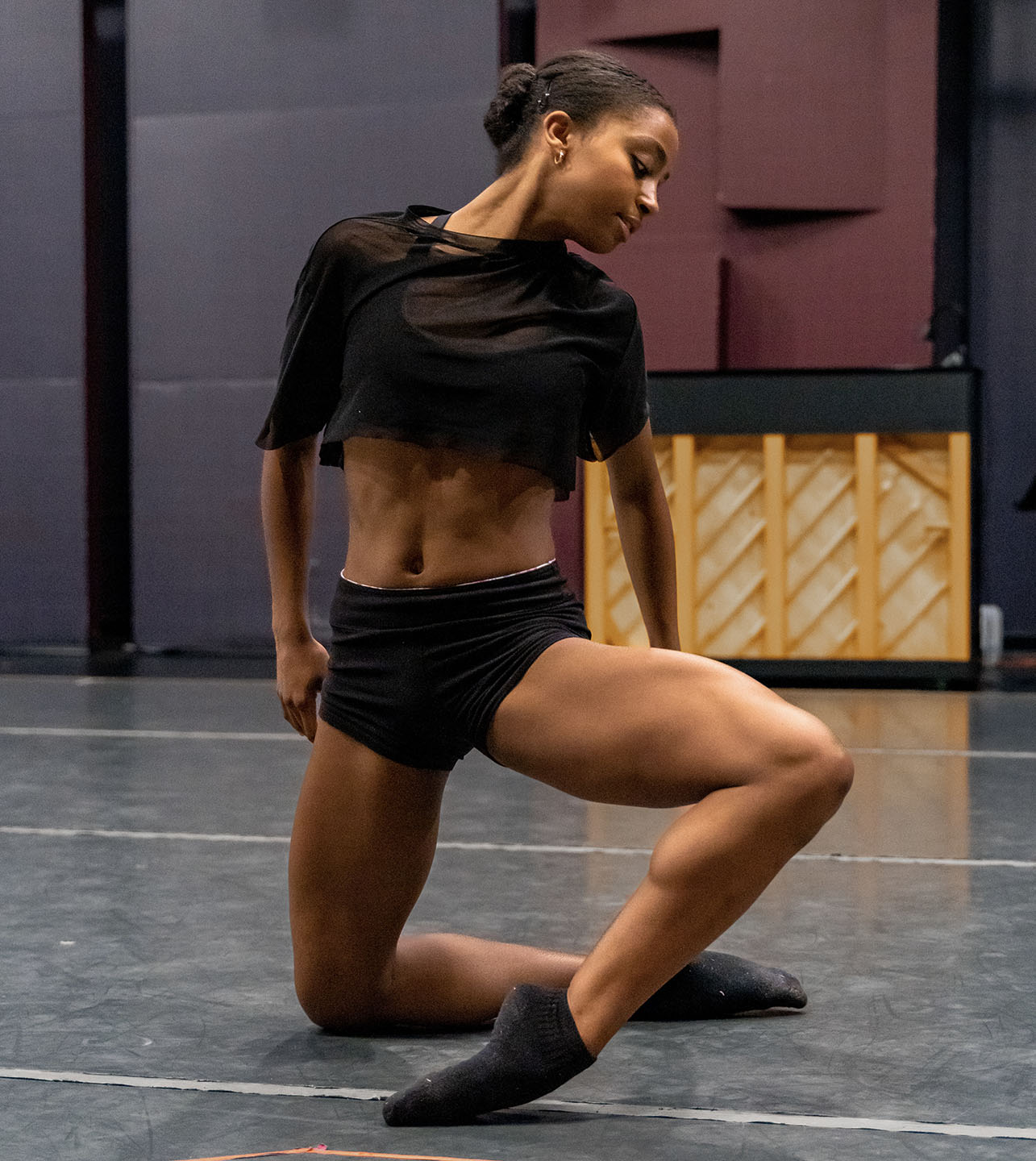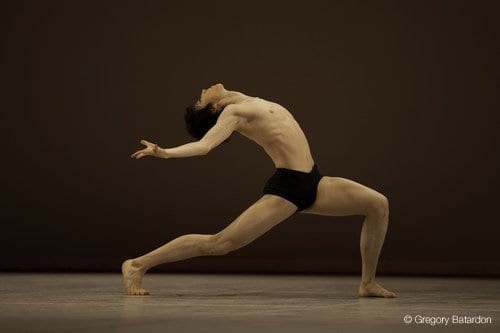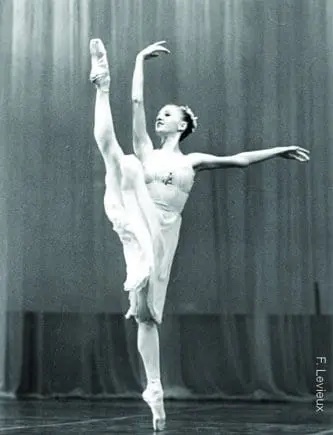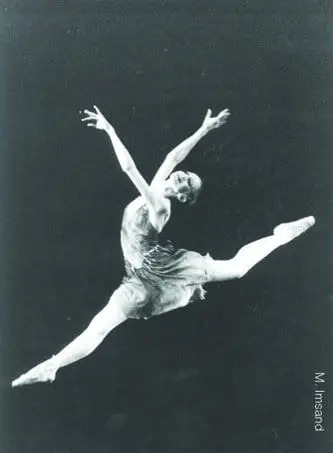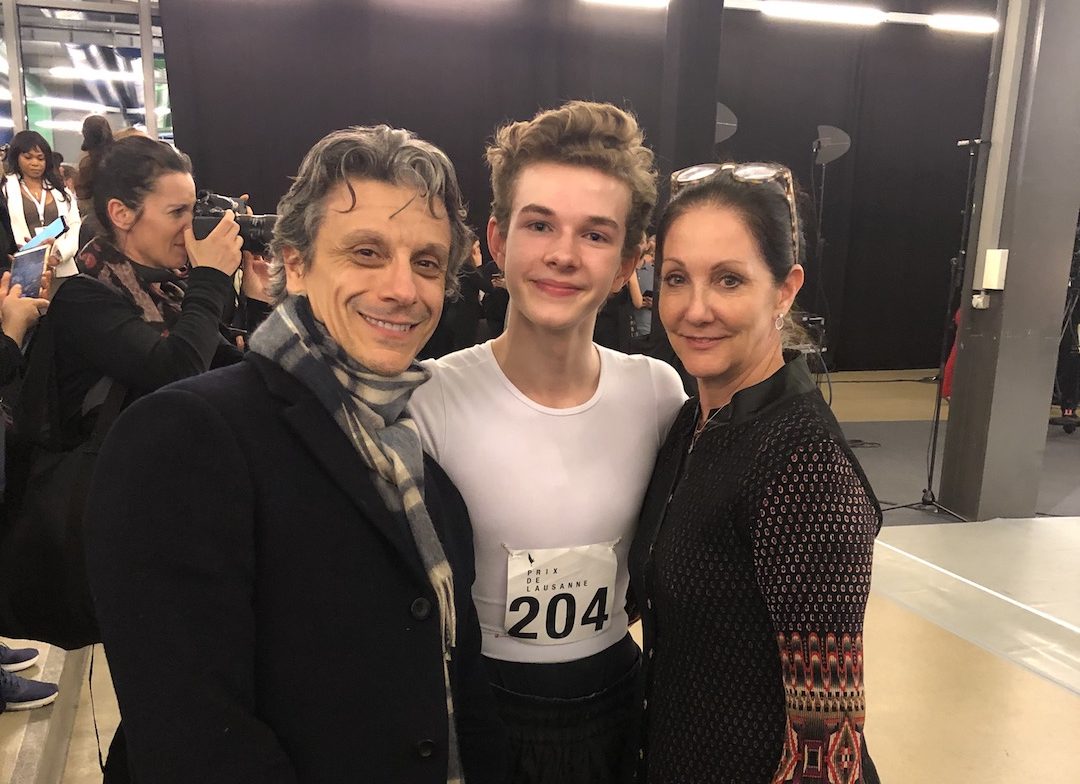February 13, 2023
ABT x Prix de Lausanne
2023 marks the 50th anniversary of the Prix de Lausanne. An international ballet competition for young dancers, the Prix de Lausanne provides participants the opportunity to develop their skills and showcase their potential to leading ballet companies around the world.
Dancers perform and compete in front of the Prix de Lausanne Jury of renown dance personalities for scholarship opportunities, apprenticeships, medals, and cash prizes.
American Ballet Theatre has been a close partner of the Prix de Lausanne, sending a number of dancers, faculty, and staff to the competition over the years. The ABT Jacqueline Kennedy Onassis School is a Partner School of the Prix de Lausanne, while ABT Studio Company is a Partner Company.

2023 Competition
ABT sent three members of the ABT family to Lausanne this year: Aleisha Walker, Madison Brown, and Lilia Greyeyes.
As friends, colleagues, and a stellar choreographic-dancer duo, ABT apprentice Aleisha Walker and ABT Studio Company member Madison Brown competed in the Young Creation Award competition for which Aleisha’s Do You Care? was one of five worldwide finalists out of over 80 entrants. Madison performed Aleisha’s solo in front of the Prix de Lausanne Jury and a live-streamed audience on Wednesday, February 1. Later that evening, Aleisha was honored with one of two coveted Young Creation Awards.

Aleisha’s solo Do You Care? set to “Nocturnal Waltz” by Johannes Bornlöf will now become part of the competition’s contemporary repertoire.
Representing the ABT JKO School in the Partner School Choreographic Project at the 2023 Prix de Lausanne, Lilia Greyeyes was part of a new work by Goyo Montero and performed with other representative students from Prix de Lausanne Partner Schools around the world. Lilia was recently promoted from the ABT JKO School to ABT Studio Company – congratulations!
Read Announcement

